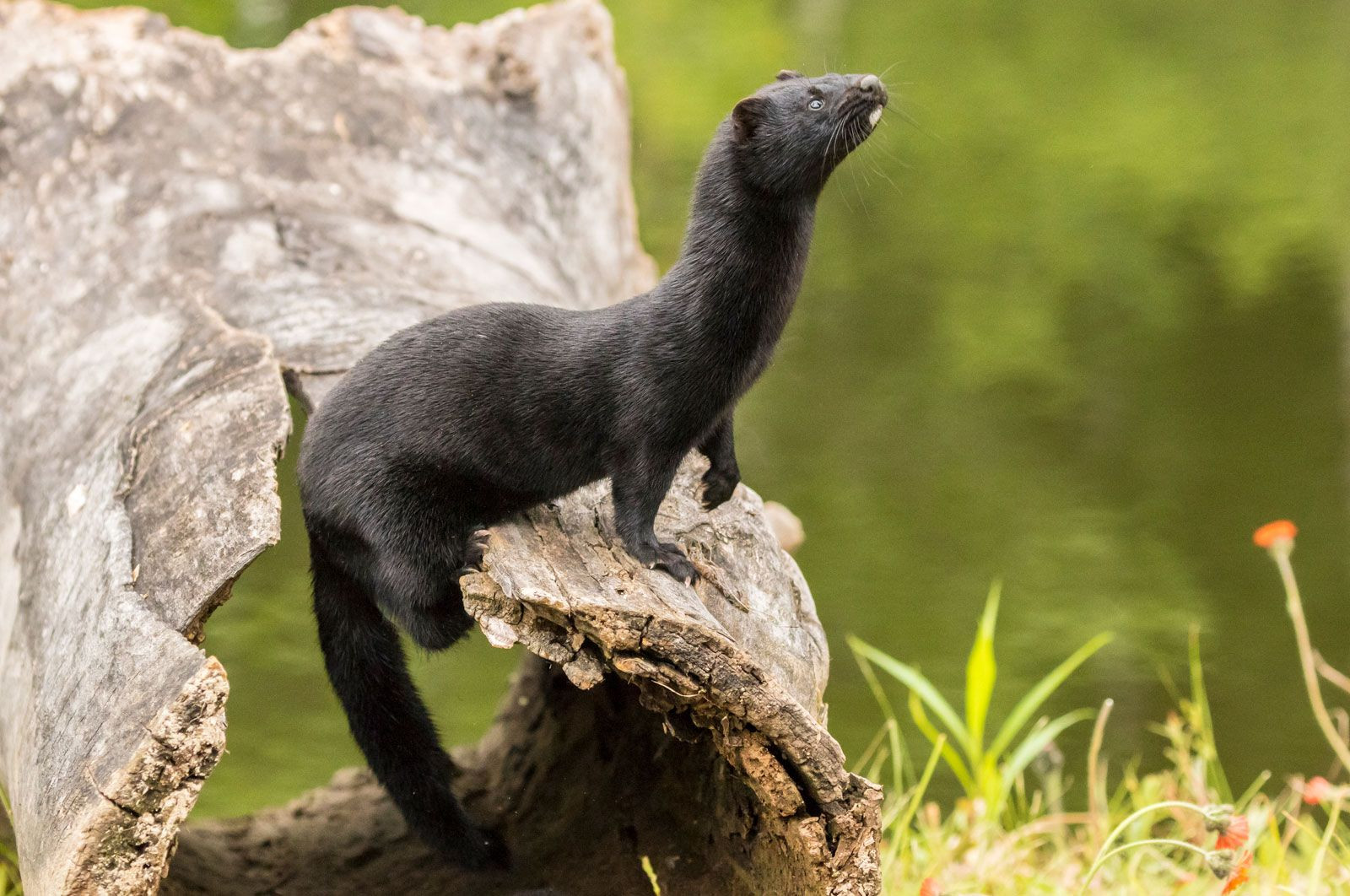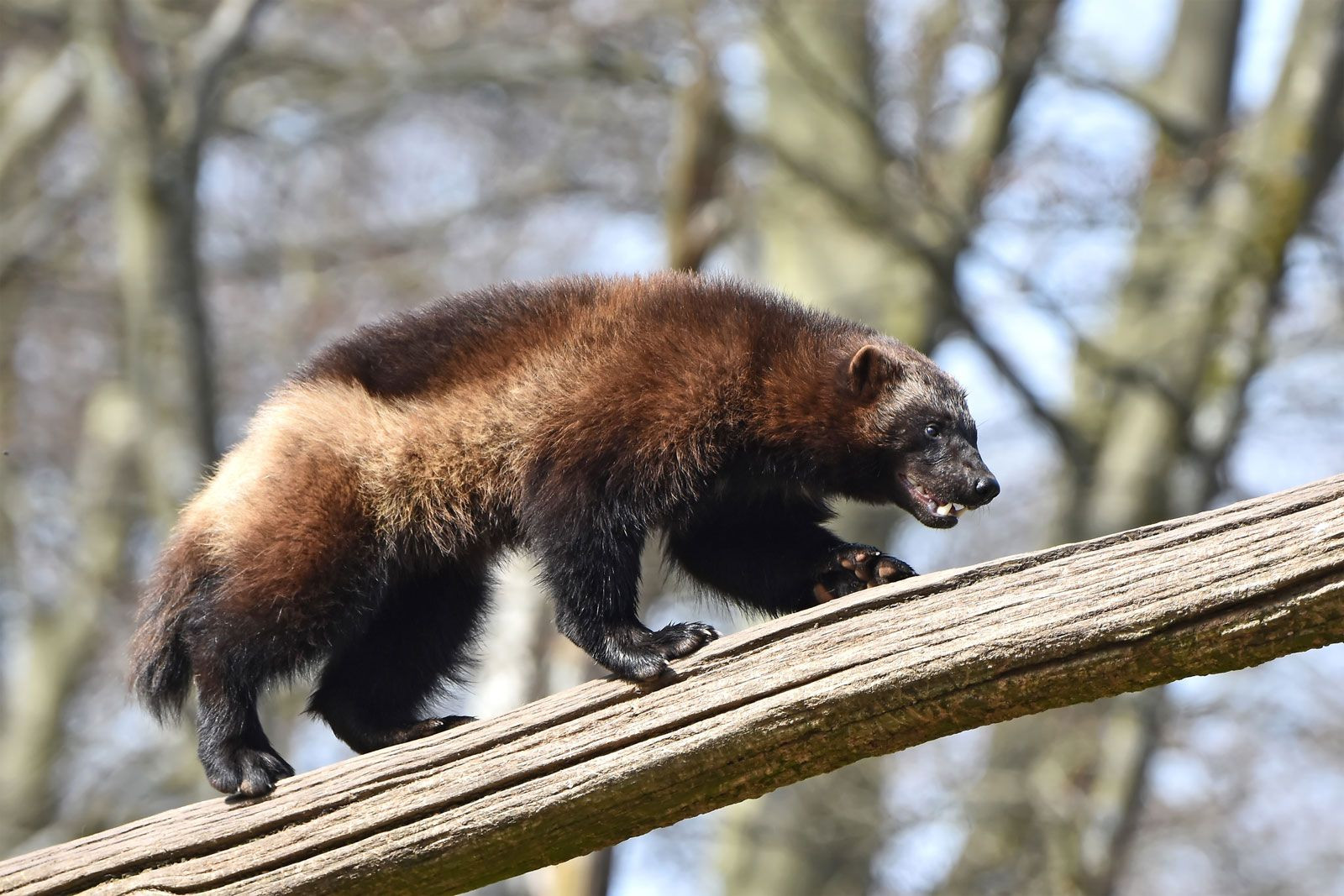The Mustelidae Family, often referred to as mustelids, represents a diverse and fascinating group of carnivorous mammals. This biological family encompasses a wide array of familiar animals, from the playful river otters and tenacious badgers to the agile weasels and powerful wolverines. Historically, this classification even included skunks, though modern genetic analysis has placed them in their own separate family, Mephitidae. Mustelids are characterized as primarily fur-bearing carnivores, thriving in a multitude of terrestrial and aquatic habitats across the globe, notably absent only from Australia, Antarctica, and the majority of oceanic islands. Their economic significance is also considerable, with numerous species, such as the American mink (Neovison vison), being extensively farmed or trapped for their valuable pelts in the fur industry.
Natural History of Mustelids
Mustelids exhibit a remarkable range in size. The diminutive least weasel (Mustela nivalis) measures a mere 11 to 26 cm (approximately 4 to 10 inches) in length and weighs as little as 25 grams (0.9 ounces), making it the smallest mustelid. In stark contrast, the sea otter (Enhydra lutris), the largest member of the family, can reach lengths of about 1 meter (3.3 feet) and weigh between 25 to 45 kg (55 to 99 pounds). Among terrestrial mustelids, the wolverine (Gulo gulo) stands out as the largest, inhabiting regions of the northern United States, Canada, and Northern Europe, reaching up to 1.2 meters in length and weighing 20 kg (44 pounds) or more.
Many mustelids share a distinctive elongated, tube-shaped body, coupled with short legs and a robust, thick neck supporting a relatively small head. A defining characteristic across the mustelidae family is the presence of well-developed anal scent glands, which play a crucial role in communication and territorial marking. Their feet are equipped with five digits, each bearing sharp, nonretractile claws, essential for hunting and locomotion. Sexual dimorphism is common, with males typically larger than females; in some weasel species, males can be almost twice the size of their female counterparts. The slender body shape of many mustelids, while advantageous for agility, comes with a higher metabolic rate due to less efficient heat retention compared to stockier body types. This physiological trait contributes to their high activity levels and perpetually inquisitive nature as they constantly seek out prey.
 American mink standing on a log in its natural habitat
American mink standing on a log in its natural habitat
While most members of the mustelidae family are primarily carnivorous, some species incorporate plant matter into their diets, particularly fruits and berries, to supplement their nutritional intake. Their dentition is explicitly adapted for a carnivorous diet, featuring prominent canine teeth and sharp molars and premolars designed for tearing flesh and crushing bones. Dietary specializations are evident within the family. Clawless otters (genus Aonyx) are specialists in consuming crustaceans, especially crabs, and mollusks. Other otter species within the genus Lutra primarily feed on fish. Even within the weasel genus (Mustela), dietary differences can be observed between sexes, with larger males preying on larger animals compared to females, reflecting resource partitioning based on size.
The social behavior of mustelids varies across species. Most are solitary animals, except for species like Eurasian badgers (Meles meles), sea otters, and some northern river otters (Lontra canadensis) that exhibit more social tendencies. In solitary species, interactions between males and females are generally limited to brief periods during the mating season, which typically occurs in the spring. A unique reproductive characteristic found in many mustelidae family members is induced ovulation during copulation. Delayed implantation of the fertilized egg is also a common phenomenon in many mustelid species, allowing for births to be timed optimally with environmental conditions. Typically, females are solely responsible for raising their offspring. The least weasel is an exception, producing two litters per year, while most other mustelids reproduce annually. Sexual maturity in most mustelids is reached at around 10 months of age, allowing for relatively quick population turnover. The evolutionary history of the mustelidae family traces back to North American and Eurasian ancestors in the early Oligocene Epoch, approximately 30 million years ago, marking a significant lineage of carnivores.
 Wolverine walking on a fallen tree trunk in the forest
Wolverine walking on a fallen tree trunk in the forest
This overview provides a glimpse into the fascinating world of the mustelidae family, highlighting their diversity, adaptations, and ecological roles across various ecosystems. Their adaptability and varied lifestyles have allowed mustelids to colonize a wide range of habitats, making them a successful and ecologically important group of mammals.
